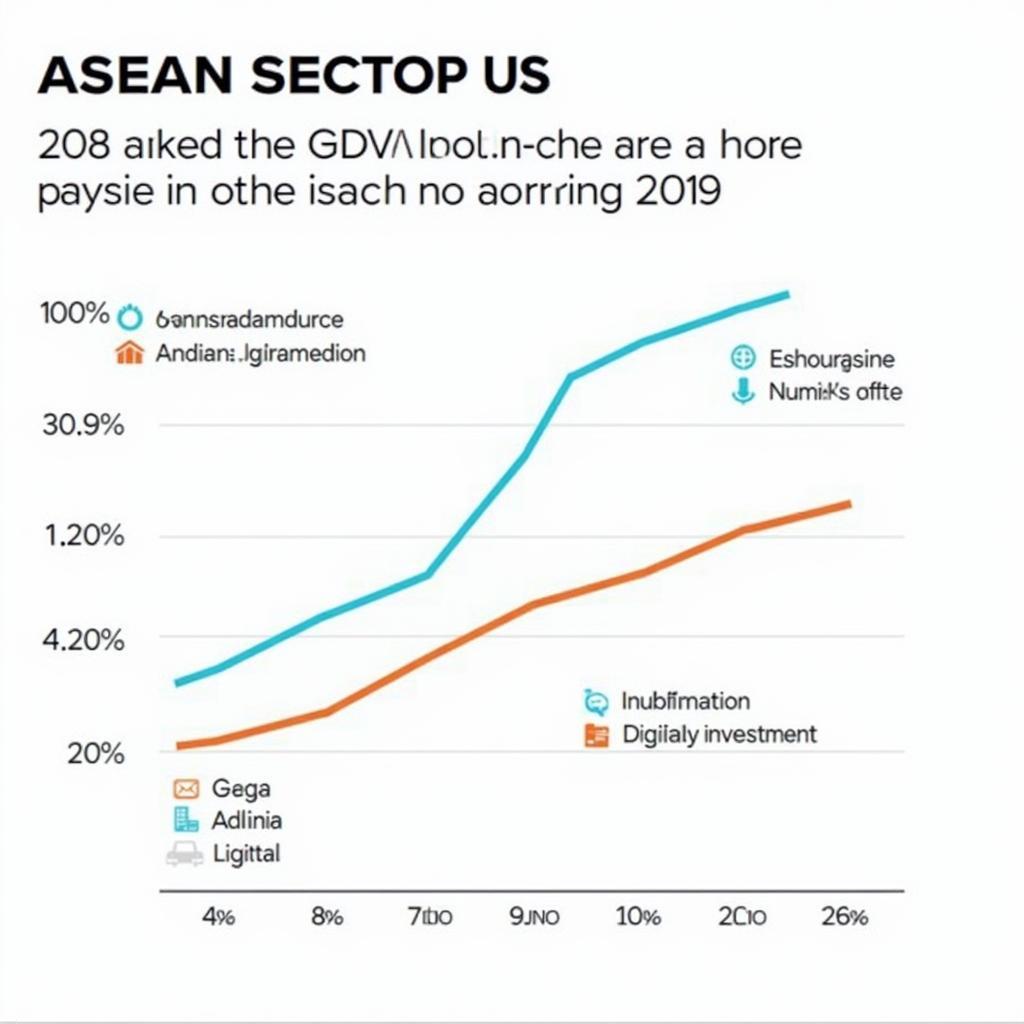ASEAN, the Association of Southeast Asian Nations, is a regional organization comprising ten Southeast Asian countries. It is a dynamic and diverse region known for its rich history, diverse cultures, and rapidly growing economies. This guide will provide you with a comprehensive overview of ASEAN, covering its history, its key goals, and its impact on the global stage.
The Birth of ASEAN
ASEAN was established on August 8, 1967, in Bangkok, Thailand, by the five founding members: Indonesia, Malaysia, the Philippines, Singapore, and Thailand. The organization was created with the vision of promoting regional cooperation and economic integration among its member states. ASEAN’s founding principles were based on the shared belief in the importance of peace, stability, and prosperity in the region.
ASEAN Members and their Key Roles
Over the years, ASEAN has expanded to include ten member states:
- Brunei Darussalam – known for its oil and gas reserves and its rich cultural heritage.
- Cambodia – famous for its ancient temples and its thriving tourism industry.
- Indonesia – the largest economy in Southeast Asia, with a rich cultural heritage and diverse landscapes.
- Laos – known for its stunning natural beauty and its unique traditional culture.
- Malaysia – a multicultural society with a diverse economy and a growing technological sector.
- Myanmar – home to ancient pagodas and diverse ethnic groups.
- Philippines – a vibrant archipelago nation with a rich history and a thriving entertainment industry.
- Singapore – a global financial hub and a leading technology center.
- Thailand – known for its stunning temples, vibrant culture, and delicious cuisine.
- Vietnam – a rapidly developing country with a growing economy and a rich cultural heritage.
Each member state brings unique strengths and contributions to the ASEAN community.
The Goals of ASEAN
ASEAN’s primary goals are to:
- Promote regional peace and stability: Through dialogue and cooperation, ASEAN aims to prevent conflict and foster understanding among member states.
- Accelerate economic growth and development: ASEAN seeks to create a more integrated and competitive regional economy through free trade agreements and investment promotion.
- Enhance social and cultural cooperation: ASEAN aims to foster mutual understanding and appreciation among its diverse member states through cultural exchanges and educational programs.
- Strengthen regional resilience: ASEAN works to address shared challenges such as climate change, natural disasters, and transnational crime.
ASEAN’s Impact on the Global Stage
ASEAN has played a significant role in shaping the global landscape. The organization has emerged as a key player in international affairs, actively participating in global dialogues on issues such as trade, security, and climate change. ASEAN’s collective voice has grown stronger over the years, contributing to its increasing influence on the world stage.
“ASEAN’s regional cooperation has served as a model for other regional organizations around the world,” says Dr. Maria Lopez, a renowned Southeast Asian studies expert. “Its focus on economic integration and conflict resolution has made a significant contribution to global stability.”
The Future of ASEAN
ASEAN continues to evolve and adapt to the changing global landscape. The organization is currently focusing on:
- Digital economy integration: ASEAN is working to harness the power of technology to promote innovation and economic growth.
- Sustainable development: ASEAN is committed to promoting sustainable development goals, including climate change mitigation and environmental protection.
- Regional security: ASEAN is working to strengthen regional security cooperation to address shared challenges such as terrorism and transnational crime.
The future of ASEAN is promising, with its member states continuing to work together to achieve shared goals and build a more peaceful, prosperous, and sustainable Southeast Asia.
Frequently Asked Questions (FAQs)
1. What is the official language of ASEAN?
ASEAN does not have an official language. English is widely used as the primary language for official communications and meetings.
2. How does ASEAN promote economic growth?
ASEAN promotes economic growth through free trade agreements, investment promotion, and infrastructure development.
3. What are some of the challenges faced by ASEAN?
Some of the challenges faced by ASEAN include political instability, economic disparities, and environmental degradation.
4. What are some of the cultural similarities and differences among ASEAN member states?
ASEAN member states share common cultural influences from Hinduism, Buddhism, and Islam, but they also have distinct cultural traditions and languages.
5. How can I learn more about ASEAN?
You can learn more about ASEAN by visiting the official ASEAN website, reading books and articles about the region, and participating in cultural exchanges or study abroad programs.
6. How can I contribute to the ASEAN community?
You can contribute to the ASEAN community by supporting businesses that operate in the region, promoting cultural exchange programs, and raising awareness about ASEAN’s goals and objectives.
7. What are some examples of ASEAN’s success stories?
Some of ASEAN’s success stories include the establishment of the ASEAN Economic Community, the ASEAN Regional Forum, and the ASEAN Secretariat.
The Association of Southeast Asian Nations is a vibrant and dynamic region with a rich history and a promising future. By working together, its member states are creating a more peaceful, prosperous, and sustainable Southeast Asia.


